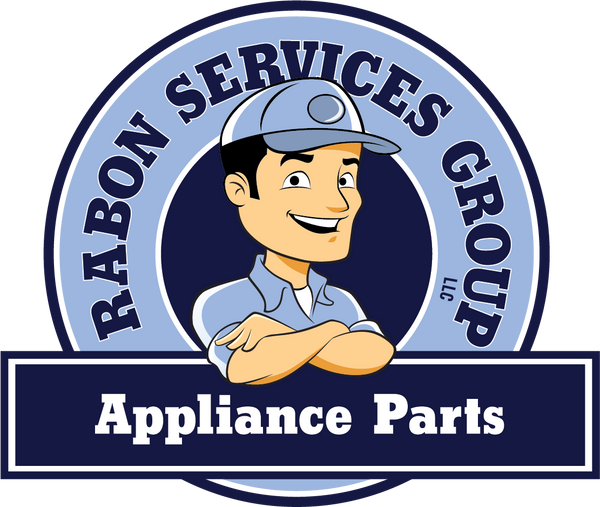Introduction
A refrigerator that won’t cool is more than an inconvenience—it’s a race against spoiled food and costly repairs. Whether your fridge is barely cold or completely warm, the issue often stems from a few common culprits. In this guide, we’ll walk you through how to diagnose and fix a refrigerator not cooling, using OEM replacement parts to ensure your appliance runs like new.
Common Causes of Refrigerator Cooling Issues
-
Dirty Condenser Coils
Dust and debris on the coils force your fridge to work harder, reducing cooling efficiency.
Fix: Unplug the fridge, locate the coils (usually at the back or bottom), and clean them with a coil brush. -
Faulty Evaporator Fan
This fan circulates cold air. If it’s broken, cold air won’t reach the fridge compartment.
Fix: Test the fan by spinning it manually. If it’s stuck or noisy, replace it with a new refrigerator evaporator fan. -
Malfunctioning Thermostat
A broken thermostat can’t regulate temperatures properly.
Fix: Use a multimeter to test the thermostat’s continuity. If it’s defective, install a replacement refrigerator thermostat. -
Compressor Failure
The compressor is the heart of your fridge. If it’s humming but not cooling, it may need replacement.
Fix: Check for power to the compressor. If it’s dead, you’ll need a refrigerator compressor replacement.
Pro Tips for Success
-
Always unplug the fridge before repairs to avoid electric shock.
-
Use OEM parts (like those in our Refrigerator Parts category) for reliable performance.
Final Thoughts
Don’t let a warm fridge ruin your groceries! With the right tools and replacement parts, most cooling issues can be fixed in under an hour. Still stuck? Browse our Refrigerator Repair Guides for more tips, or shop our curated selection of refrigerator compressors, thermostats, and evaporator fans today.

